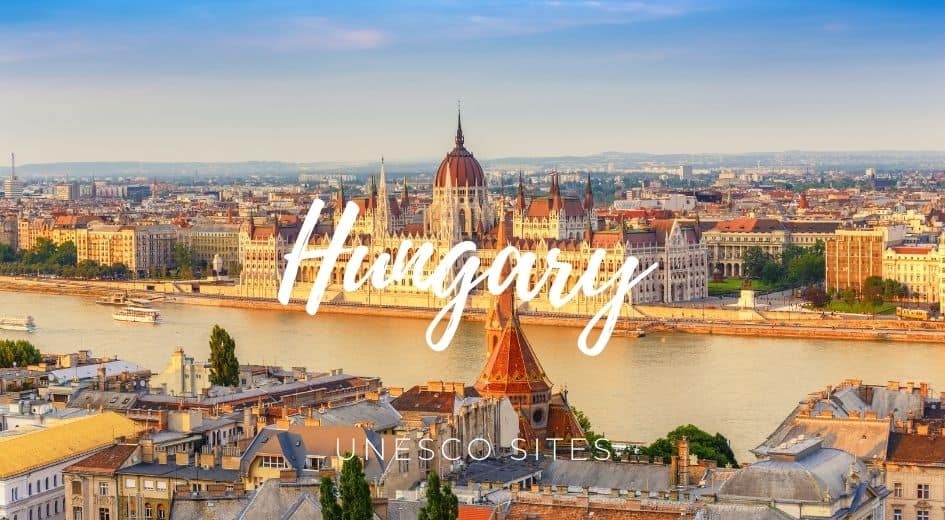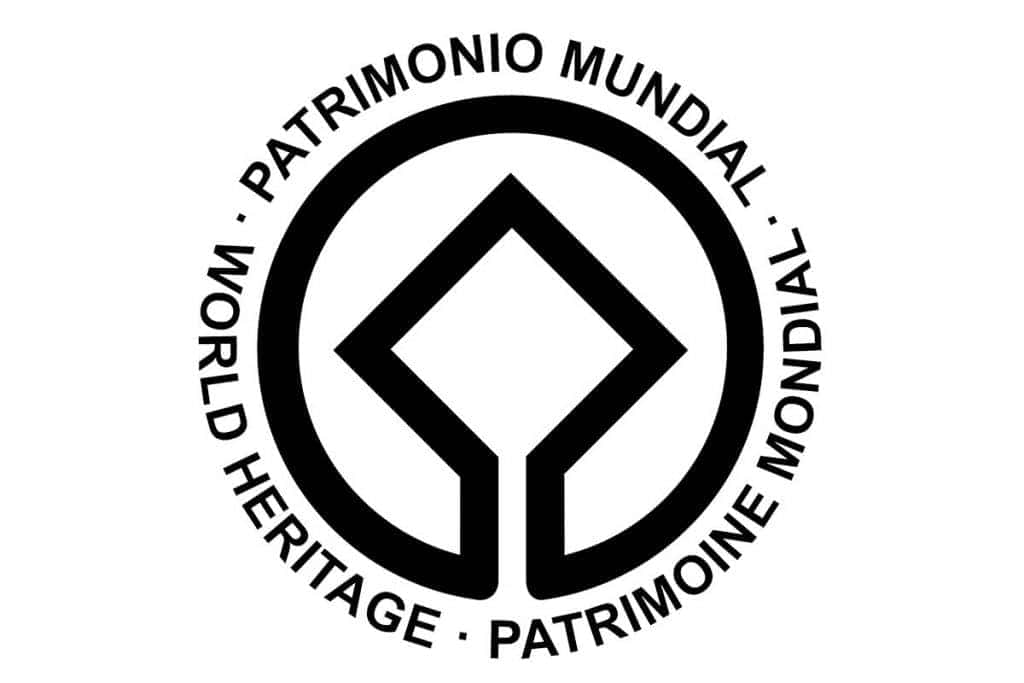Table of Contents


Hungary UNESCO has registered 8 sites on the World Heritage list and 11 on the tentative list.
Some places are so interesting that it’s relevant to keep them for future generations. This is why UNESCO has built a list of crucial classified properties in which superb places stand out for their aesthetic, natural, artistic, or cultural significance.
More than a thousand places are registered as Unesco’s World Heritage worldwide. Due to my interest in visiting World Heritage sites, I compiled the UNESCO list in Hungary and the corresponding map.
Hungary UNESCO list
- Budapest, including the Banks of the Danube, the Buda Castle Quarter, and Andrássy Avenue
- Early Christian Necropolis of Pécs (Sopianae)
- Fertö / Neusiedlersee Cultural Landscape
- Hortobágy National Park – the Puszta
- Millenary Benedictine Abbey of Pannonhalma and its Natural Environment
- Old Village of Hollókő and its Surroundings
- Tokaj Wine Region Historic Cultural Landscape
- Caves of Aggtelek Karst and Slovak Karst
Hungary UNESCO Map
Click on the blue pins to view more relevant information about each World Heritage site in Hungary.
Description
- Budapest, including the Banks of the Danube, the Buda Castle Quarter, and Andrássy Avenue – a collection of landmarks that represent Budapest’s rich history and culture, including the Buda Castle, the Parliament Building, and the historic Andrassy Avenue.
- Early Christian Necropolis of Pécs (Sopianae) – a collection of ancient Christian tombs that date back to the 4th century AD, located in the city of Pécs.
- Fertö / Neusiedlersee Cultural Landscape – a unique cultural landscape that straddles the border between Austria and Hungary, featuring a shallow lake and a variety of traditional agricultural practices.
- Hortobágy National Park – the Puszta – is a vast wilderness area that is home to a variety of wildlife and traditional herding practices, located in eastern Hungary.
- Millenary Benedictine Abbey of Pannonhalma and its Natural Environment – a 1,000-year-old Benedictine abbey located on a hilltop overlooking the Danube River, known for its beautiful architecture and natural surroundings.
- Old Village of Hollókő and its Surroundings – a well-preserved traditional Hungarian village that dates back to the 17th century, located in the hills of northeastern Hungary.
- Tokaj Wine Region Historic Cultural Landscape – a historic wine-producing region in northeastern Hungary, known for its sweet Tokaji wine and picturesque vineyards.
- Caves of Aggtelek Karst and Slovak Karst – a network of caves that stretch across the border between Hungary and Slovakia, known for their unique rock formations and underground waterfalls.
UNESCO World Heritage Sites in Hungary have protected places for their cultural and natural importance.
Sites on the Tentative List
- Le Château-fort médiéval d’Esztergom
- Caves of the Buda Thermal Karst System
- System of Fortifications at the Confluence of the Rivers Danube and Váh in Komárno – Komárom
- State Stud-Farm Estate of Mezöhegyes
- The Ipolytartnóc Fossils
- Ödön Lechner’s independent pre-modern architecture
- Frontiers of the Roman Empire – Ripa Pannonica in Hungary
- The Network of Rural Heritage Buildings in Hungary
- Royal Seats in Esztergom, Visegrád with the former Royal Wood in the Pilis Mountain
- Wooden bell-towers in the Upper Tisza-Region
- Balaton Uplands Cultural Landscape


